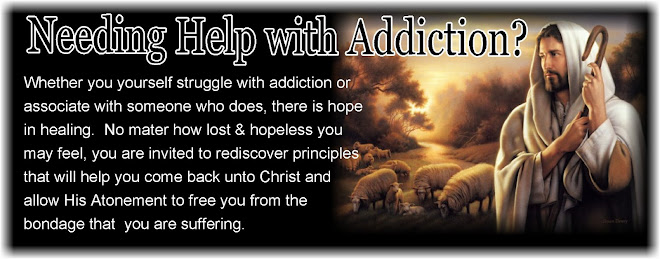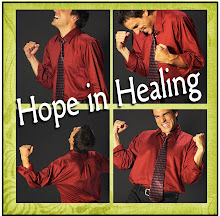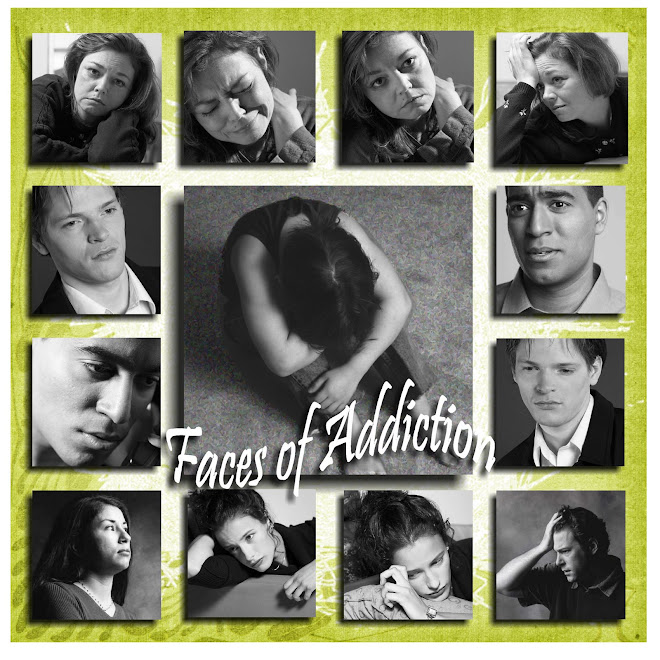 I will be referring to this article and you might like to refer back to the portions I am focusing on by going to the direct link found at: http://www.lds.org/ldsorg/v/index.jsp?hideNav=1&locale=0&sourceId=3216ceb47f381210VgnVCM100000176f620a____&vgnextoid=2354fccf2b7db010VgnVCM1000004d82620aRCRD
I will be referring to this article and you might like to refer back to the portions I am focusing on by going to the direct link found at: http://www.lds.org/ldsorg/v/index.jsp?hideNav=1&locale=0&sourceId=3216ceb47f381210VgnVCM100000176f620a____&vgnextoid=2354fccf2b7db010VgnVCM1000004d82620aRCRDThis article begins with a story of Mark, who was addicted to drugs and alcohol. Mark shares what led up to the acknowledgement of his addictions, and lists the attempts he made through counseling and rehab centers, to stop and recovery. This story is very typical of the addicts that we work with as missionary group leaders in the LDS Addiction Recovery Program. The stories are all somewhat different, but their reason for coming for help are all the same.
Mark says that once he found the Church’s 12-step addiction recovery program, “…He found the principles and direction that would change his life.” He goes on to say “The change occurred as he studied and applied the principles taught in the program workbook and weekly recovery meetings.” This statement is the key to success in Addiction recovery; that is, applying the principles in the workbook, attending weekly meeting, study, prayer and understanding including journaling, are all key elements into successful recovery efforts. Without the combined efforts of all of these key elements, and of course including the patient, humble efforts of the addict, joined with help of the Lord, no recovery will be completely successful.
In the Addiction Recovery meetings, addicts will be taught a different step in the addiction recovery process, each week. There are 12 steps of the Addiction Recovery program (ARP) and you can find them by going to this Ensign article p.65, or for the link to the 12 steps in the Addiction Recovery Guide, go to: http://www.providentliving.org/familyservices/AddicitonRecoveryManual_36764000.pdf
and click on the left hand column table of contents – “The 12 steps”.
 Marks life began to change as he studied and applied the principles found within the Program Guide. He studied and understood the principles such as honesty, hope, and trust in God. He gained strength from the others who attended the weekly meetings through the sharing of their own experiences as they applied these principles in their lives. I personally want to insert a comment that I have learned as a missionary…
Marks life began to change as he studied and applied the principles found within the Program Guide. He studied and understood the principles such as honesty, hope, and trust in God. He gained strength from the others who attended the weekly meetings through the sharing of their own experiences as they applied these principles in their lives. I personally want to insert a comment that I have learned as a missionary…Though the 12 steps of this LDS program were originally adapted from the Alcoholics Anonymous -12 step program, I personally feel that the LDS Addiction Recovery Program is different and “unique” as it states in this Ensign article. The reason that I believe this program is unique is that the Spirit of the Lord is brought into the meetings. I have personally seen and heard addicts who have come to a meeting for the first time, break down and weep throughout the meeting and the sharing, not really understanding why they are crying and what they are feeling .
I heard one participant share in a meeting we were attending as missionaries, that he had been watching his neighbor who was also an addict, make tremendous changes in his life. He finally approached this neighbor and asked him how he was doing it. This good neighbor told him about the LDS Addiction Recovery program and how it has changed his life. He offered for his neighbor to go with him to his next meeting, and see for himself. The neighbor said, “But I am not LDS.” He explained that you don’t have to be LDS to come to a meeting, and that everyone was welcome.
This story goes on with the non LDS neighbor attending a meeting and literally crying throughout the entire meeting. When the sharing portion began as directed by the facilitator who is a recovered addict, the sharing started with the young LDS man who brought with him his neighbor. After he shared, his neighbor, an older gentleman who with tears in his eyes began his comments “I am ____ and I am an alcoholic and the reason I am here is because of the example of my young neighbor. I have known he was an addict for some time now, but I have noticed a tremendous change in him recently and I know that he is in recovery from his addiction. He brought me here tonight, and I don’t have any idea why I am crying and have been through this entire meeting. I have felt something that I have never felt in my life before, and it has made me weep.” I knew what was making him humbled to the point of weeping and so did many others who have recognized the spirit touching their hearts and souls.
 The Lord’s spirit enters each ARP meeting, and that Spirit provides a spiritual, almost Testimony meeting feeling about it. Every meeting is the same, and that is what makes our meetings unique. The Spirit of the Lord brings a sense of humility and love, and participants feel this, and know that they are not alone. I would personally like to testify that Heavenly Father knows and loves each and everyone of his children alike. He loves them, the person; though he abhors the addiction for the hurt and pain it causes His children.
The Lord’s spirit enters each ARP meeting, and that Spirit provides a spiritual, almost Testimony meeting feeling about it. Every meeting is the same, and that is what makes our meetings unique. The Spirit of the Lord brings a sense of humility and love, and participants feel this, and know that they are not alone. I would personally like to testify that Heavenly Father knows and loves each and everyone of his children alike. He loves them, the person; though he abhors the addiction for the hurt and pain it causes His children.  Like the photo of Christ at the door, He is waiting at the door for us to let Him into our lives, and will not push or force us to open up our proverbial door. However once we do, He is there to help and bless us according to our needs. I urge everyone who reads this, to open up your door and let Him in, and see for yourself what a difference He can make as a daily presence in your life.
Like the photo of Christ at the door, He is waiting at the door for us to let Him into our lives, and will not push or force us to open up our proverbial door. However once we do, He is there to help and bless us according to our needs. I urge everyone who reads this, to open up your door and let Him in, and see for yourself what a difference He can make as a daily presence in your life.“Mark learned through the Atonement, individuals can not only stop their addictive behaviors, but also heal the underlying causes of their addiction.” I know that everyone can experience the same life changing blessings as Mark, through participating in and attending the LDS Addiction Recovery meetings. You can find a meeting in your area, by going to
http://www.providentliving.org/content/display/0,11666,6629-1-3414-1,00.html
You can also find a recovery/study guide in many different languages by going to this link and selecting your language: http://providentliving.org/content/display/0,11666,8517-1-4751-1,00.html
Next week’s post will focus on more of the material found in this June 2009 Ensign article. All italicized quotes can be found in the June 2009 Ensign called, “Addiction Recovery – Healing One Step at a time”










No comments:
Post a Comment